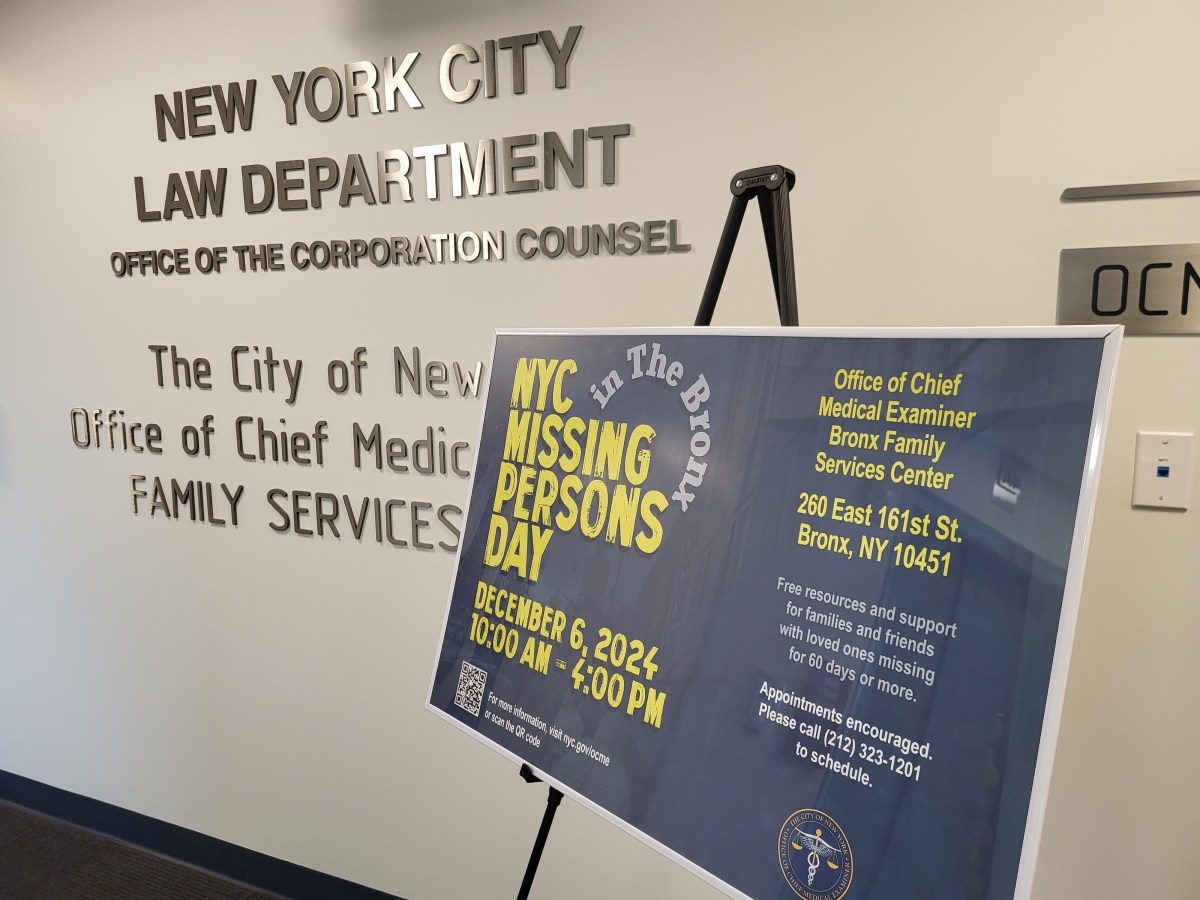Talk about a bumpy ride. Mayor Michael Bloomberg initially wanted to introduce the Nissan NV200 — the “Taxi of Tomorrow” — with a grand flourish in October. It never happened.
A judge slammed on the brakes with a decision that the mayor had exceeded his authority when he designated one distinctive cab to dominate the city’s fleet. The mayor can only set technical specifications for taxi operations — not policy — the judge ruled.
So now Bloomberg is back with a technical specification. He wants the Taxi and Limousine Commission to require that most taxicabs be crash-tested with driver-passenger partitions already in place. And which model might meet that spec? There’s basically one: the NV200.
Wish him luck with this strategy.
At the moment there are about a dozen NV200s on city streets, and they’re a major improvement over the status quo in terms of safety and comfort.
They were crash-tested as taxicabs because they were designed as taxicabs, the city says, not as sedans that were later sliced and diced and converted into taxis.
The NV200 is also the first New York City taxi in years designed with backseat passengers in mind. It features more legroom, antibacterial seats, and backseat controls for heating and air-conditioning.
The same model is undergoing trials in London as a rival to the iconic London taxi.
The real problem in New York is not with the NV200. It’s with a taxicab industry that is famously and intractably litigious, an industry that for years has put the interests of fleet owners first and passengers second.
Bloomberg has tried to fix that.
It’s unclear whether Mayor-elect Bill de Blasio will stick with the NV200 after he takes office on Jan. 1. The smart money says he won’t — but we urge him to.
The NV200 can be made accessible to wheelchairs — in keeping with a recent settlement to make half of the city’s cab fleet accessible by 2020. And it promises relief at last for beleaguered passengers. It’s a plan we can all hail.



































